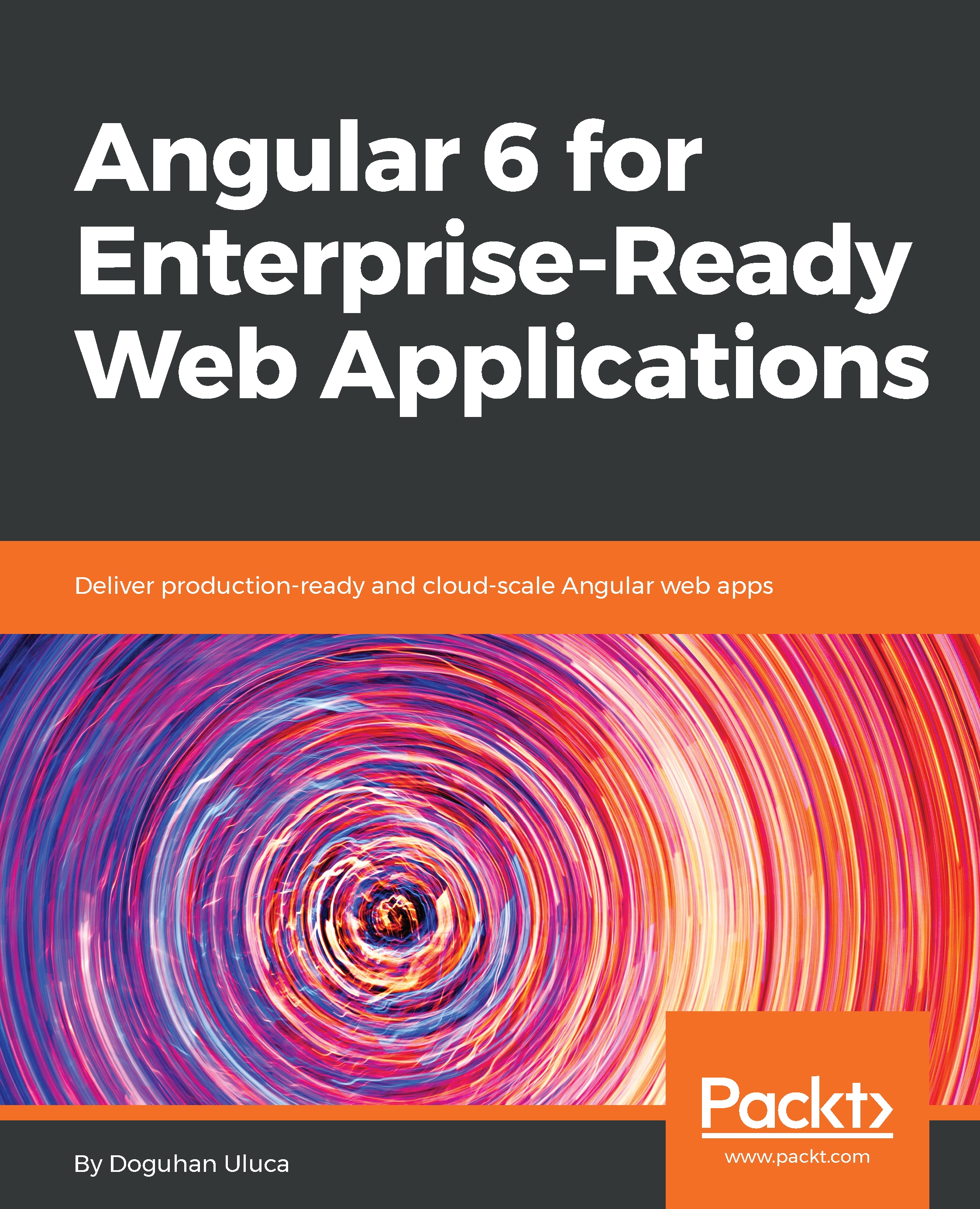You have designed, developed, and deployed a word-class web application; however, that is only the beginning of the story of your app. The web is an ever-evolving, living, breathing environment that demands attention to continue to succeed as a business. In Chapter 11, Highly-Available Cloud Infrastructure on AWS, we went over the basic concepts and costs of ownership of a cloud infrastructure. In this chapter, we will dig deeper in truly understanding how users actually use our application with Google Analytics. We will then use that information to create realistic load tests to simulate actual user behavior to understand the true capacity of a single instance of our server. Knowing the capacity of a single server, we can fine-tune how our infrastructure scales out to reduce waste and discuss the implications of various scaling strategies...
-
Book Overview & Buying

-
Table Of Contents

Angular 6 for Enterprise-Ready Web Applications
By :

Angular 6 for Enterprise-Ready Web Applications
By:
Overview of this book
Angular 6 for Enterprise-Ready Web Applications follows a hands-on and minimalist approach demonstrating how to design and architect high quality apps.
The first part of the book is about mastering the Angular platform using foundational technologies. You will use the Kanban method to focus on value delivery, communicate design ideas with mock-up tools and build great looking apps with Angular Material. You will become comfortable using CLI tools, understand reactive programming with RxJS, and deploy to the cloud using Docker.
The second part of the book will introduce you to the router-first architecture, a seven-step approach to designing and developing mid-to-large line-of-business applications, along with popular recipes. You will learn how to design a solid authentication and authorization experience; explore unit testing, early integration with backend APIs using Swagger and continuous integration using CircleCI. In the concluding chapters, you will provision a highly available cloud infrastructure on AWS and then use Google Analytics to capture user behavior.
By the end of this book, you will be familiar with the scope of web development using Angular, Swagger, and Docker, learning patterns and practices to be successful as an individual developer on the web or as a team in the Enterprise.
Table of Contents (14 chapters)
Preface
 Free Chapter
Free Chapter
Setting Up Your Development Environment
Create a Local Weather Web Application
Prepare Angular App for Production Release
Staying Up to Date with Angular Updates
Enhance Angular App with Angular Material
Reactive Forms and Component Interaction
Create a Router-First Line-of-Business App
Continuous Integration and API Design
Design Authentication and Authorization
Angular App Design and Recipes
Highly-Available Cloud Infrastructure on AWS
Google Analytics and Advanced Cloud Ops
Other Books You May Enjoy

